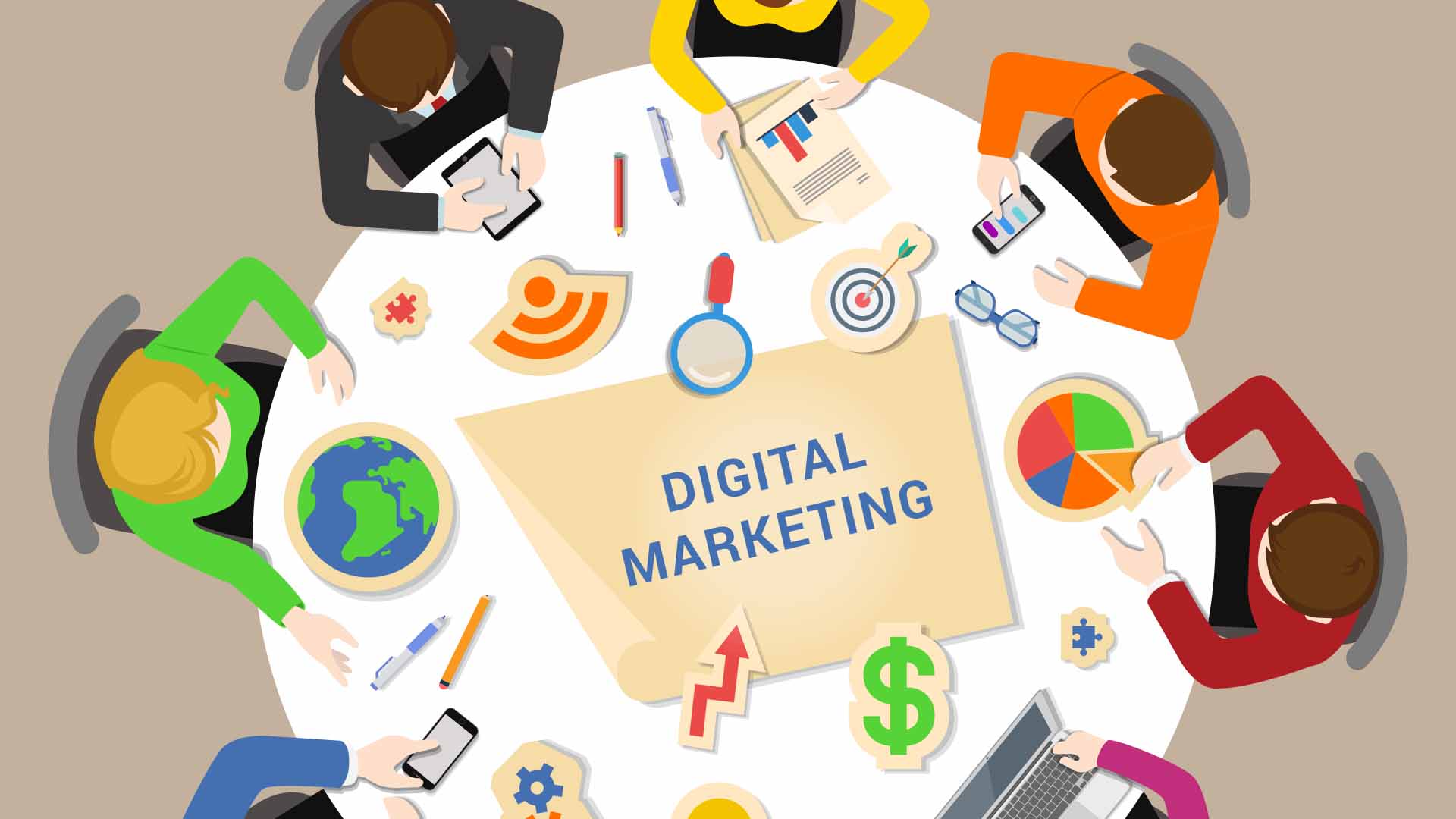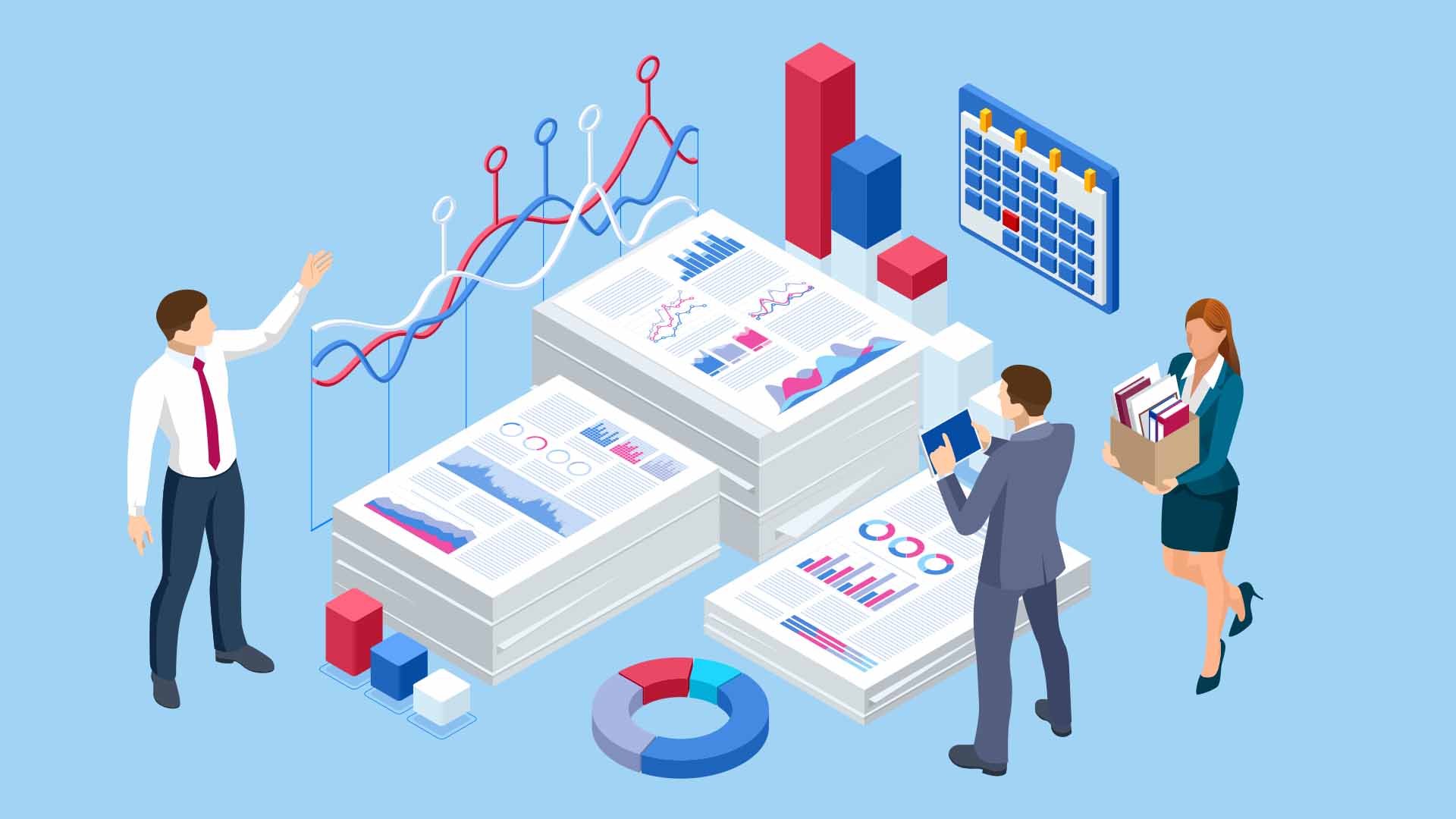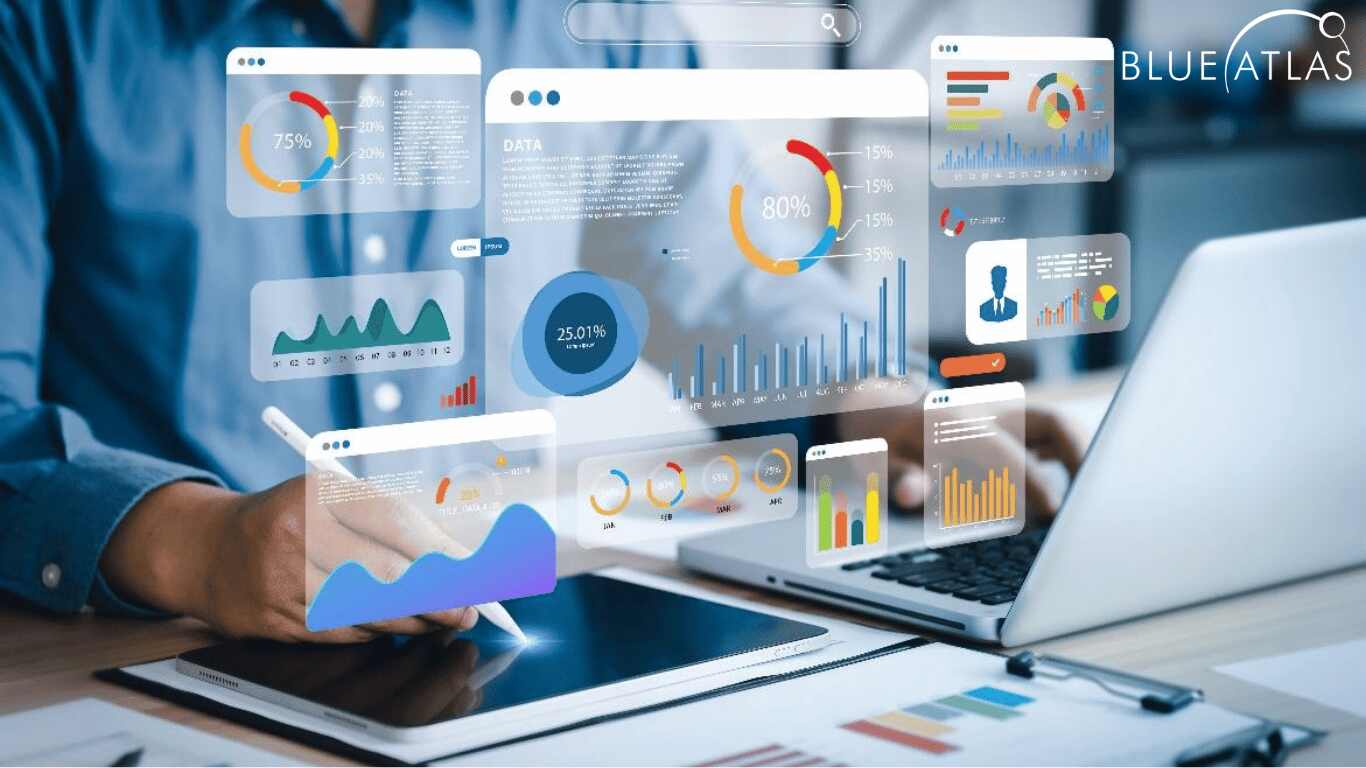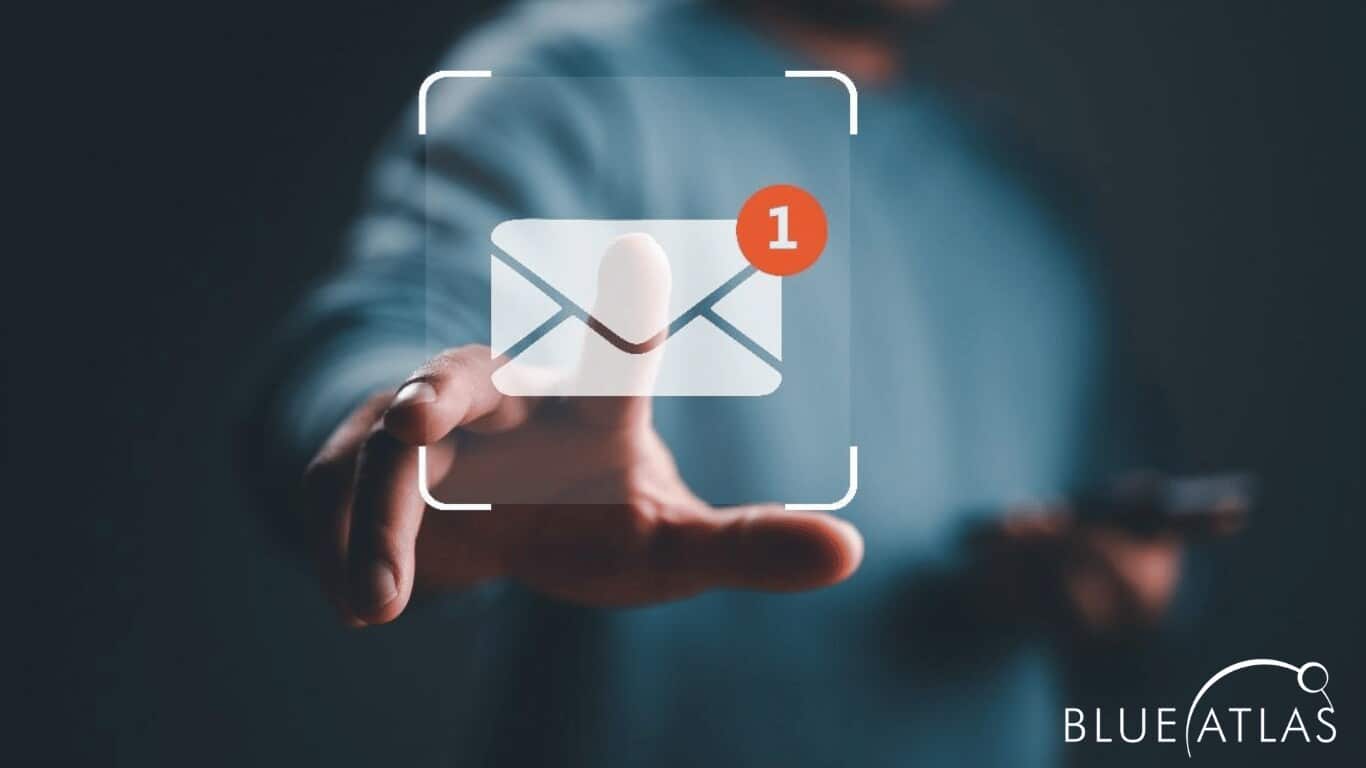Proven Customer Retention Strategies for 2025

What makes customers stay loyal in 2025? The old tactics—loyalty cards, email reminders, and occasional discounts—are no longer enough. Businesses must rethink their marketing strategies to match evolving expectations.
Today’s customers expect seamless experiences, real-time support, and brands that truly understand their needs. Using customer data wisely, building trust, and optimizing the customer journey are now essential for long-term success.
Companies that fail to adapt risk losing customers to competitors offering smarter, more personalized interactions.
So, what actually works? Let’s explore the most effective customer retention strategies shaping 2025.
Key Takeaways:
The Evolution of Customer Retention Strategies
The way businesses keep customers coming back has changed dramatically in just a few years.
What worked in before—basic rewards programs and email follow-ups—has been replaced by AI-driven personalization, automated support, and a stronger emphasis on trust and values.
A Shift in Customer Loyalty
For instance, in 2021, businesses relied heavily on discounts, loyalty points, and traditional marketing.
While these methods still play a role, they no longer guarantee long-term customer relationships.
Fast forward to 2025, and retention is all about predicting customer needs before they even ask.
Brands that understand behaviors offer personalized solutions and communicate authentically are the ones keeping their customers loyal.
Technology is Doing the Heavy Lifting
AI and automation have redefined how businesses engage with their audience.
Predictive analytics now allow brands to anticipate churn risks and step in before customers leave.
Chatbots powered by AI provide real-time support while machine learning fine-tunes personalized recommendations, creating one-to-one connections at scale.
Customers Expect More Than Just Good Service
People aren’t just buying products—they’re buying into brands.
Authenticity, sustainability, and genuine engagement matter more than ever.
Businesses that show transparency, prioritize ethics, and create community-driven loyalty programs are winning in 2025!
A transactional relationship is no longer enough—customers expect a brand that aligns with their values.
Key Strategies for Customer Retention in 2025
Here are some key strategies that could sustain customer retention at its finest:
I. AI-Powered Personalization
Personalization is no longer a nice touch but already an expectation! AI is redefining what it means to engage customers on a personal level.
Businesses aren’t just tailoring emails; they’re using AI to predict what customers want before they even ask.
AI That Knows Your Customers Better Than You Do
Machine learning has advanced to the point where businesses can track buying patterns, engagement habits, and even emotional sentiment.
AI-driven systems analyze this data in real-time, ensuring customers receive hyper-relevant offers, content, and support at the exact moment they need it.
Instead of waiting for feedback, AI anticipates pain points and automatically steps in to improve the experience.
AI Chatbots: From Customer Service to Customer Connection
Chatbots are no longer just for answering FAQs.
They’re capable of handling full conversations, resolving issues, and even upselling based on user history.
With natural language processing improving every year, many consumers can’t even tell whether they’re speaking with a human or AI.
Brands that integrate seamless, intelligent chatbot interactions keep customers engaged and reduce frustration.
Here are some tools for AI Chatbots:
| Tool | Feature | Pricing | When to Use |
| Sales Ape | AI-driven predictive analytics for customer behavior and retention insights. | Custom pricing based on enterprise needs. | When you need to anticipate customer churn and personalize engagement proactively. |
| ChatPGT | Conversational AI chatbot for real-time customer interaction and lead nurturing. | Free;Plus – $20/month;Pro – $200/month | When you want AI-powered chatbots to enhance customer service and engagement. |
| Dynamic Yield | AI-based personalization engine for website experiences, recommendations, and dynamic pricing. | Custom pricing based on enterprise needs. | When you need to tailor website content, offers, and product recommendations to individual users. |
| Artisan | AI-enhanced CRM with automated customer segmentation and predictive lead scoring. | Accelerate – $1,920/month;Supercharge – $2,800/month;Blitzscale – $4,980/month | When you need a user-friendly CRM with AI-powered personalization and automation. |
| Grammarly | AI-powered writing assistant that helps optimize customer communication and engagement. | Free;Pro – $12/member/monthEnterprise – Contact Sales for PricingBilled Annually | When you need to enhance written content, ensuring clear and effective messaging in customer interactions. |
II. Omnichannel Customer Experience
Customers don’t just interact with brands in one place anymore.
They jump from websites to mobile apps, social media, in-store visits, and even voice assistants—all expecting a smooth, connected experience.
Businesses that can seamlessly blend these key points keep customers engaged and coming back.
No More Gaps Between Online and Offline
Shoppers might browse a product on their phone, ask a question through a chatbot, and then complete the purchase in-store.
If those experiences don’t sync, frustration builds.
The best brands keep everything connected—offering real-time updates on inventory, customer history across platforms, and effortless transitions between digital and physical spaces.
Who’s Leading the Way
Amazon has set the standard with its one-click shopping, AI-driven recommendations, and cashier-less Amazon Go stores, where customers walk out without needing to scan an item.
Meanwhile, Nike has also mastered omnichannel, using its SNKRS app, in-store AR experiences, and loyalty-driven mobile perks to make every interaction feel part of the same ecosystem.
Seamless Support = Stronger Retention
A customer who starts a support request on Twitter shouldn’t have to repeat themselves when calling the help desk.
Companies using AI-powered customer service tools ensure agents have a full conversation history, no matter where the interaction started.
This level of continuity keeps frustration low and satisfaction high.
III. Subscription-Based Retention Strategies
More businesses are moving beyond one-time sales and into subscription models.
Whether it’s streaming services, SaaS platforms, or exclusive membership perks, subscriptions lock in customer loyalty by offering ongoing value that keeps people from looking elsewhere.
Why Subscription Models Are Growing
Consumers appreciate convenience, personalization, and predictable costs.
Instead of making individual purchase decisions, they prefer seamless, recurring services that deliver ongoing benefits.
From meal kits to software, fitness programs to digital content, brands are turning customers into long-term subscribers.
Netflix, Spotify, and Duolingo: Mastering Retention
Netflix and Spotify don’t just attract subscribers—they keep them.
Personalized recommendations, exclusive content, and user-friendly experiences make it hard to cancel.
For SaaS company, like Duolingo, they follow a similar playbook, offering tiered pricing, free trials, and ongoing product updates to maintain engagement.
The most successful subscription brands understand that retention starts the moment someone signs up, not when they consider canceling.
More Than Just a Subscription—It’s a Membership
The best programs don’t just offer access—they make customers feel like insiders.
Businesses that take advantage of this strategy succeed because they provide exclusive perks, better pricing, and a sense of belonging.
When customers see clear, ongoing value, they stay subscribed instead of questioning the cost.
IV. Customer Feedback & Community Building
Retention is about listening. Customers today want brands that hear them value their input, and create spaces where they can connect.
Social listening, brand communities, and user-generated content turn passive buyers into active advocates, strengthening long-term relationships.
Tuning in: Why Social Listening Matters
Customers are constantly sharing opinions—on social media, review platforms, and online forums.
Brands that monitor and respond in real-time show they care.
Whether it’s resolving complaints on Twitter, acknowledging feedback in product updates, or simply engaging in conversations, businesses that actively listen keep customers invested. Ignoring feedback, on the other hand, sends people straight to competitors.
Building Communities, Not Just Customer Lists
People don’t just want to buy products; they want to belong.
Brands creating engaged communities on Reddit, Discord, and dedicated forums give customers a reason to stay involved.
These spaces allow for peer-to-peer discussions, brand interaction, and exclusive sneak peeks, turning customers into brand ambassadors.
Companies like LEGO, Peloton, and Sephora have thrived by fostering strong, interactive communities that keep customers engaged beyond transactions.
Let Customers Be Your Best Marketers
Nothing builds trust like real people sharing real experiences.
Brands that highlight user-generated content—reviews, testimonials, and social media posts—create organic loyalty.
Encouraging customers to share their stories not only deepens their connection to the brand but also attracts new customers through authentic endorsements.
V. Sustainable and Ethical Brand Loyalty
Customers aren’t just choosing brands based on price or convenience anymore.
They want to support companies that align with their values—whether it’s sustainability, fair labor practices, or social responsibility.
A business that prioritizes ethical decision-making doesn’t just win customers—it keeps them.
Sustainability Isn’t a Trend—It’s a Requirement
Greenwashing won’t cut it. Consumers expect real action—eco-friendly packaging, carbon-neutral operations, and ethical sourcing.
Brands that commit to sustainability build deeper connections with customers who care about the planet.
Companies like Patagonia lead the way by encouraging repairs over replacements.
Their “Don’t Buy This Jacket” campaign encouraged sustainability, reinforcing brand loyalty.
Meanwhile Tesla accelerates the shift to clean energy. They aim to make electric cars desirable and accessible, created a customer base that believes in its mission.
Consumers want to feel like their purchase makes a difference, and businesses that provide that sense of purpose keep customers for the long haul.
When sustainability is built into a company’s DNA, customers stick around.
Purpose-Driven Marketing Builds Trust
People don’t just buy products; they buy into what a brand stands for.
Companies that take a stance on social justice, climate change, and fair labor practices create stronger emotional connections.
Customers appreciate businesses that support causes without performative Public Relations (PR) moves.
Ethical consumerism is on the rise, and brands that remain silent risk losing long-term loyalty.
VI. Predictive Retention Metrics & Analytics
Customer retention isn’t just about engagement. It’s also about knowing when a customer is about to walk away before they even realize it themselves
Businesses are turning to AI-powered analytics and retention dashboards to track behavior, predict churn, and make data-driven decisions that keep customers coming back.
Retention Dashboards: Seeing the Bigger Picture
Modern analytics tools give businesses real-time insights into customer behavior—from purchasing habits to service interactions.
Instead of waiting for retention issues to appear, companies can now spot patterns and take action early.
Retention dashboards consolidate data from multiple touchpoints, offering a complete view of customer health.
Key Metrics That Matter
Tracking the right metrics helps businesses understand what keeps customers engaged—and what pushes them away.
Here are five essential retention metrics:
- Churn Rate – The percentage of customers who stop doing business with a company over a certain period.
- Formula: (Customers at the start – Customers at the end) ÷ Customers at the start × 100
- Example: If a SaaS company starts with 1,000 customers and ends the month with 950, the churn rate is (1,000 – 950) ÷ 1,000 × 100 = 5%.
- Customer Lifetime Value (CLV) – The projected revenue a customer generates over their entire relationship with a business.
- Formula: Average Purchase Value × Purchase Frequency × Customer Lifespan
- Example: If an online subscription service earns $50 per month per customer, with an average retention of 24 months, the CLV is $50 × 12 × 2 = $1,200.
- Net Promoter Score (NPS) – Measures customer satisfaction and likelihood to recommend a business.
- Customers are asked, “On a scale of 0-10, how likely are you to recommend us?”
- Formula: (% of Promoters – % of Detractors)
- Example: If 70% of respondents score 9-10 (Promoters) and 15% score 0-6 (Detractors), the NPS is 70 – 15 = 55.
- Repeat Purchase Rate (RPR) – The percentage of customers who make multiple purchases over time.
- Formula: (Number of Returning Customers ÷ Total Customers) × 100
- Example: If an eCommerce brand has 5,000 customers in a month and 2,000 of them make repeat purchases, the RPR is (2,000 ÷ 5,000) × 100 = 40%.
- Customer Retention Rate (CRR) – The percentage of customers who continue doing business after a certain period.
- Formula: [(Customers at End – New Customers) ÷ Customers at Start] × 100
- Example: If a company starts the quarter with 500 customers, gains 50 new ones, and ends with 480, the CRR is [(480 – 50) ÷ 500] × 100 = 86%.
The Best Tools for the Job
Platforms like Salesforce, HubSpot, and AI-powered CRMs provide retention analytics, predictive insights, and automated customer engagement tools.
For a deeper look at advanced tools that enhance customer retention, check out this link.
Mistakes to Avoid: What’s Hurting Your Customer Retention?
Even the best customer retention strategies can fail if common mistakes go unnoticed. Many businesses focus on attracting new customers while neglecting the ones they already have. Here are the most costly mistakes that can lead to customer churn—and how to fix them.
1. Ignoring Churn Indicators
Businesses often react to customer loss after it happens instead of preventing it.
Metrics like churn rate, customer satisfaction (CSAT), and engagement levels provide early warnings.
If customers stop opening emails, cancel subscriptions, or reduce purchases, it’s time to step in with personalized outreach.
2. Poor Customer Support
Slow response times, unhelpful agents, or inconsistent support channels drive customers away.
67% of customers switch brands due to poor service.
Brands must offer fast, AI-assisted support, ensure omnichannel consistency, and train teams to resolve issues efficiently.
3. Lack of Personalization
Customers expect tailored experiences, not one-size-fits-all messaging.
Companies that fail to personalize recommendations, emails, and interactions miss opportunities to build stronger relationships.
AI-powered tools like Dynamic Yield and HubSpot help deliver targeted content based on user behavior.
4. Overcomplicating Loyalty Programs
If a rewards program is too confusing or hard to redeem, customers won’t use it.
Simple, value-driven programs (like Amazon Prime or Starbucks Rewards) encourage repeat engagement.
5. Not Gathering or Acting on Customer Feedback
Ignoring reviews, social media complaints, or survey responses sends the message that customer opinions don’t matter.
Businesses should actively listen, respond, and make changes based on feedback to improve retention.
Frequently Asked Questions (FAQs)
What are the biggest customer retention trends in 2025?
Businesses are focusing on AI-driven personalization, seamless omnichannel experiences, and ethical branding. A well-designed customer loyalty program strengthens engagement, while community-driven initiatives foster deeper connections, encouraging repeat customers and long-term retention.
How do I measure customer retention success?
Key metrics include churn rate, customer lifetime value (CLV), and net promoter score (NPS). Conducting regular customer surveys provides valuable feedback, helping businesses refine strategies to boost retention and maximize total revenue over time.
What industries benefit the most from retention strategies?
Industries like SaaS, eCommerce, and subscription services thrive by focusing on retention. Strong strategies keep repeat customers engaged, reducing acquisition costs and improving total revenue, making them crucial for B2B and service-based businesses.
How can AI improve customer retention?
AI enhances customer experiences by predicting churn, personalizing recommendations, and automating support. It also analyzes customer surveys to extract valuable feedback, allowing businesses to refine interactions and improve satisfaction.
What’s the best way to reduce churn?
Offering personalized experiences, proactive engagement, and exceptional support keeps customers loyal. A strong customer loyalty program encourages repeat customers, while listening to feedback helps businesses address concerns before they lead to churn.
Keeping customers goes beyond discounts and rewards—it’s about delivering real value and meeting evolving customer expectations. Brands that focus on customer success through AI-driven personalization, seamless support, and ethical branding see higher customer rates and long-term loyalty.
Ignoring churn signals or providing generic experiences can drive customers away, while strategic customer retention strategies build lasting connections.
The key is to create experiences that keep people engaged, appreciated, and invested in your brand. Prioritizing trust and meaningful interactions ensures customers don’t just return—they stay.
Want to improve your customer retention strategy?
Boost your retention efforts and increase your number of customers with strategies that drive long-term loyalty. Let’s work together to improve your repeat customer rate and keep your business growing. Contact us today for tailored solutions!




